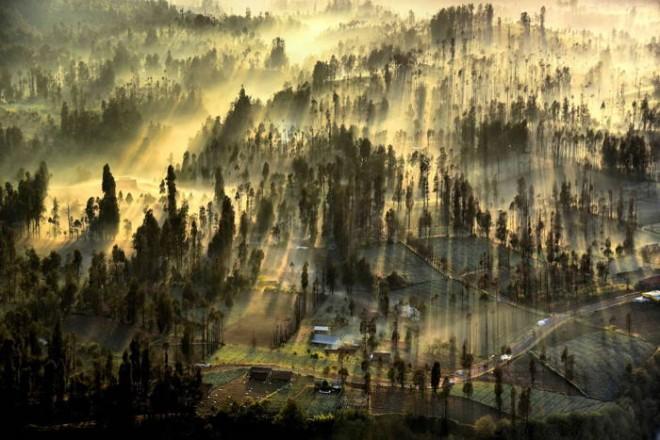
Sunrise over the small mountain hamlet of Cemoro Lawang, Indonesia.
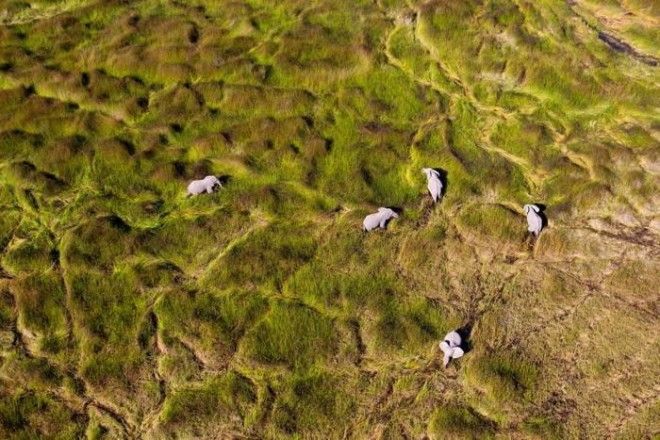
Elephants in Botswana’s Okavango flood plain.
The view from on high can be at once elegant and cluttered, clarifying and overwhelming. But, most often, the view from above is absolutely gorgeous. The annual National Geographic Traveler Photo Contest, ending June 30, attracts reams of striking images taken from vantage points you and I will probably never occupy. Perhaps chief among those images–both in terms of beauty and uniqueness–are
those taken from the sky. Yes, you and I may never hover above the plains of Africa or the mountains of Indonesia, but the arresting photographs at Twisted Sifter come quite close to bringing us there.
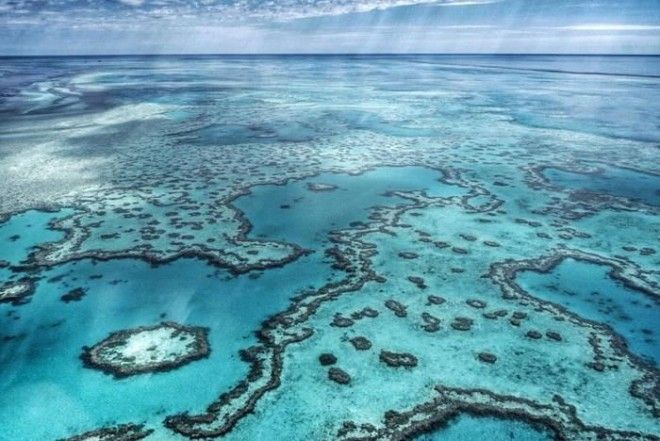
The Great Barrier Reef near Hamilton Island.

Enormous numbers of tiny bioluminescent plankton can light up the entire crest of a crashing wave.
Whether it helps in deterring predators, attracting mates or locating food, bioluminescence–the ability of certain animals, plants, and microbes to emit light via chemical reactions–is positively breathtaking. The clams of England and France, the firefly squid of Japan, the hatchetfish of Sicily, and many other exceptional creatures around the world can, quite simply, glow in the dark. Not surprisingly, the sparkling scenes these creatures create draw scores of tourists.
However, most of the show is out of view; scientists estimate that more than 50 percent of the organisms that live in the deep sea (virtually impenetrable to humans) are bioluminescent.
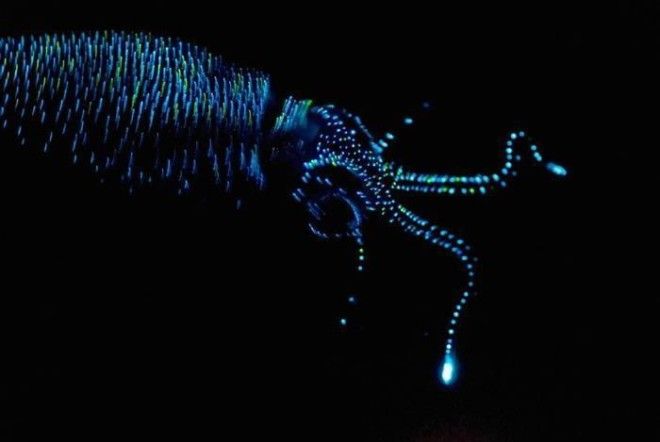
Firefly squid illuminate Japan’s Toyama Bay each spring.

The hatchetfish is one of many creatures whose bioluminescence is rarely seen by humans, given its deep sea habitat.

Constructed in 1968 as a “tiny shelter” (according to one of the builders), this house sits perched on a rock in the middle of the Drina River, near Bajina Basta, Serbia.
Across the world’s many climates, cultures, and classes, there exist manifold notions of what constitutes a home, many of them strange to most people.
And then there are these. From the giant toilet in South Korea to the tiny egg in China, these homes play with our assumptions about what the size, shape, and ingredients of a house should be. Some build homes they can literally pick up and take with them; some make their homes firmly in the earth itself; all demonstrate humankind’s endless adaptability.

Liu Lingchao carries his portable home–made of bamboo, plastic bags, and bed sheets–near Shapu, China. During one journey to his hometown, he carried the 132-pound structure about 20km each day.
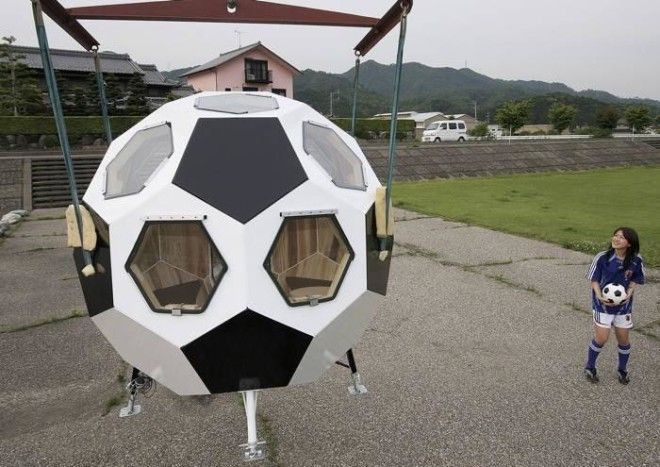
This soccer ball-shaped, disaster resistant Japanese home floats, withstands earthquakes, and sells for less than $15,000.

In early 1930, 3,400 workers (five of whom died on the job) began the 410-day process of building the then-record 1,454 feet of New York’s Empire State Building. Sure, the numbers indicate the magnitude and danger of the project. But these up-close photos convey the conduct and bravery of the men behind it. Feel the exhilaration and fear as these workers stand, dangle, and swing high above the New York skyline.


